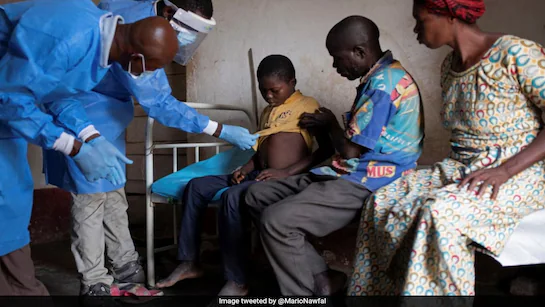
A puzzling disease outbreak in northwestern Congo has claimed 53 lives amid 419 reported cases across two isolated villages, baffling health officials who are racing to identify the deadly pathogen. The outbreaks began on January 21 in Equateur province, with many victims succumbing within hours of showing symptoms.
Health authorities remain uncertain whether the outbreaks in the villages—separated by over 120 miles—are connected. In Boloko village, the first casualties were children who died within 48 hours of consuming bat meat. Meanwhile, Bomate village has recorded significantly more infections, many complicated by malaria co-infection.
“The first outbreak with numerous fatalities continues to puzzle us as an unusual situation, while the second episode presents predominantly as malaria cases,” explained Dr. Serge Ngalebato, medical director at Bikoro Hospital and government response expert. The World Health Organization has expressed particular concern about the rapid progression from infection to death.
Nearly 80% of patients display similar symptoms: fever, chills, body aches, and diarrhea. Initial fears of hemorrhagic fevers like Ebola have been ruled out through laboratory testing in Kinshasa. Investigators are now exploring multiple possibilities including malaria, viral infections, poisoning, typhoid fever, and meningitis.
Response efforts face significant challenges due to the villages’ remote locations and limited healthcare infrastructure. Experts deployed since February 14 have struggled to reach patients in time, with several deaths occurring before medical teams arrived.
The outbreak highlights growing concerns about zoonotic diseases in regions where consumption of wild animals is common. Such incidents have increased by over 60% across Africa in the past decade, particularly in forested regions like Congo’s expansive tropical basin.
